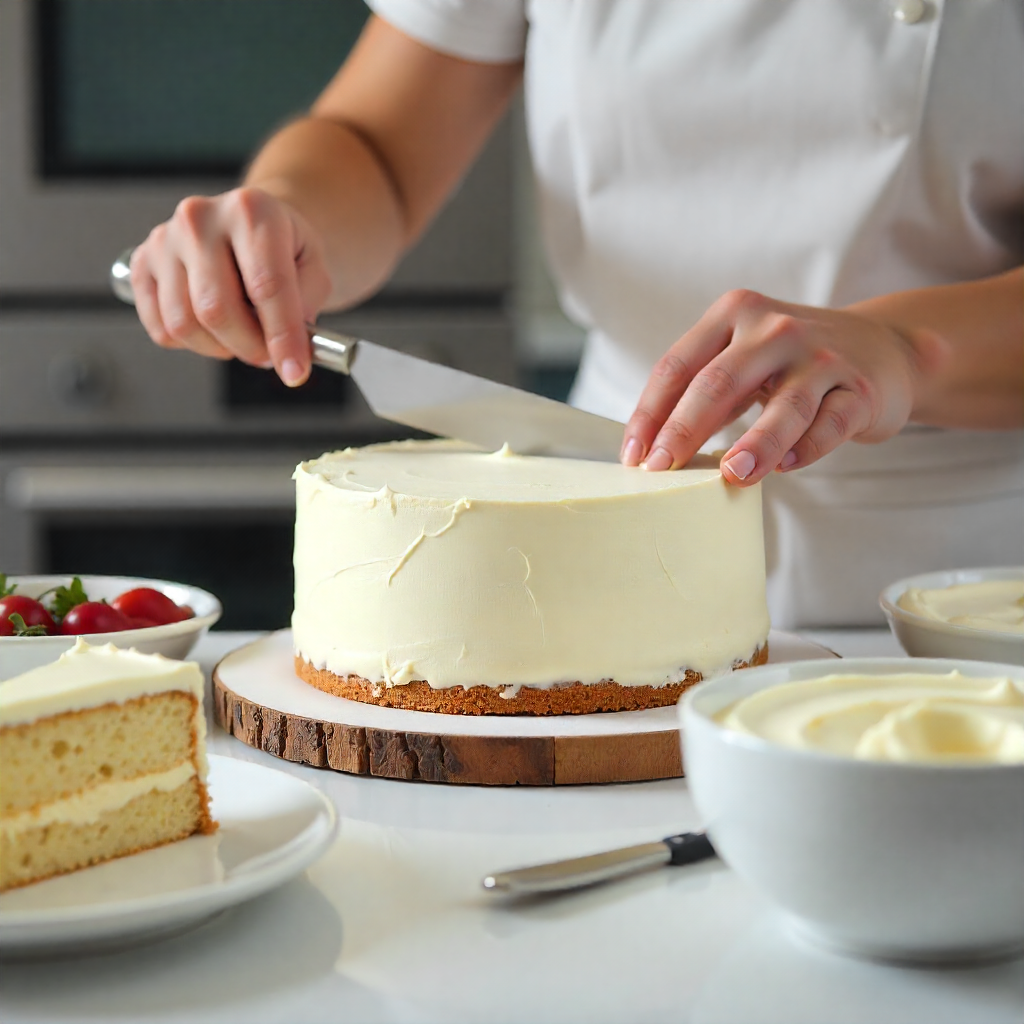Creating silky, pipeable buttercream seems like magic, but it's actually pure science. Understanding the relationship between temperature, fat content, and mixing technique will help you achieve perfect buttercream every time – no more grainy, broken, or soupy disasters. Let's dive into the fascinating science that makes this beloved frosting work.
The Foundation: Understanding Fat and Sugar Buttercream's magic lies in the emulsion between fat (butter) and sugar. When butter is at the correct temperature (65-68°F), it's pliable enough to trap air while maintaining structure. Too cold, and it won't cream properly; too warm, and it loses its ability to hold air, resulting in dense, greasy frosting.
The creaming process creates millions of tiny air pockets by physically breaking down sugar crystals and incorporating them into the butter's fat structure. This is why the creaming stage is crucial – it's literally building the foundation of your buttercream's texture and volume.
Temperature: The Make-or-Break Factor Room temperature ingredients are non-negotiable for successful buttercream. Cold eggs won't emulsify properly, creating a curdled appearance. Warm ingredients cause the butter to melt, breaking the emulsion entirely. The sweet spot is 65-70°F for all ingredients.
Test your butter's readiness by pressing it gently – it should give slightly without melting on your finger. If you've forgotten to soften butter, cut it into small cubes and let it sit for 15-20 minutes, or use the "pound and flatten" method with a rolling pin.
The Mixing Method That Changes Everything Start with properly softened butter and cream it alone for 3-4 minutes until it's pale and fluffy. This initial step is crucial – you're creating the air structure that gives buttercream its light texture. Gradually add powdered sugar, allowing each addition to incorporate fully before adding more.
When adding liquid (vanilla, milk, or cream), do it slowly. Liquids can break the emulsion if added too quickly. If your buttercream looks curdled after adding liquid, don't panic – continue mixing on high speed for 2-3 minutes, and it usually comes together.
Troubleshooting Common Problems Too Sweet? Add a pinch of salt or a small amount of unsalted butter to balance the sweetness. Too Soft? Chill the bowl for 10-15 minutes, then re-whip. Alternatively, add more powdered sugar gradually. Grainy Texture? Your butter was likely too cold, or you added sugar too quickly. Continue mixing on high speed – it often smooths out with patience. Broken/Curdled? Temperature shock is usually the culprit. Try the "fix-it" method: remove about 1/4 of the broken buttercream, warm it slightly until just barely soft, then slowly mix it back into the remaining buttercream while beating continuously.
Advanced Techniques for Superior Results For ultra-smooth buttercream, sift your powdered sugar before adding it. This prevents lumps and creates a more refined texture. Consider using European-style butter with higher fat content (82-84%) for richer flavor and better stability.
The paddle attachment creates denser buttercream perfect for structural work, while the whisk attachment incorporates more air for lighter, fluffier results ideal for piping flowers and decorative work.
Storage and Revival Proper storage maintains buttercream's quality for days. Store covered at room temperature for 2-3 days, refrigerated for up to a week, or frozen for up to three months. When reviving refrigerated buttercream, let it come to room temperature completely, then re-whip to restore its texture.
Understanding these scientific principles transforms buttercream from mysterious to manageable, giving you the confidence to create consistently beautiful results every time.



